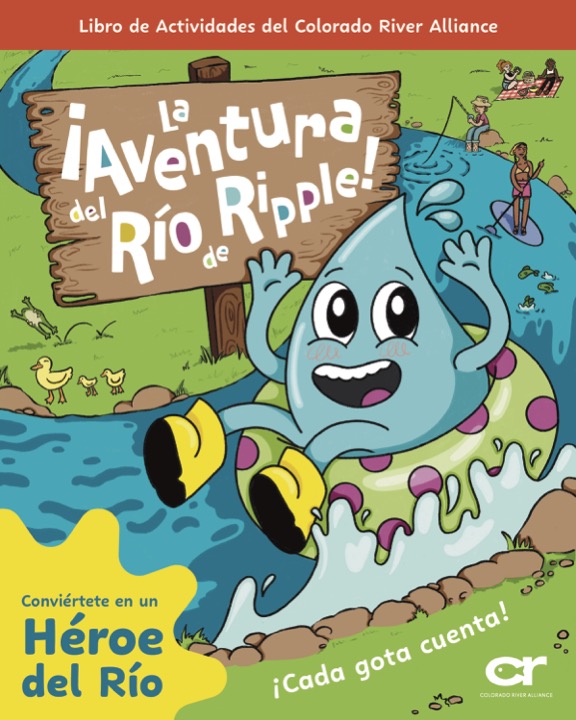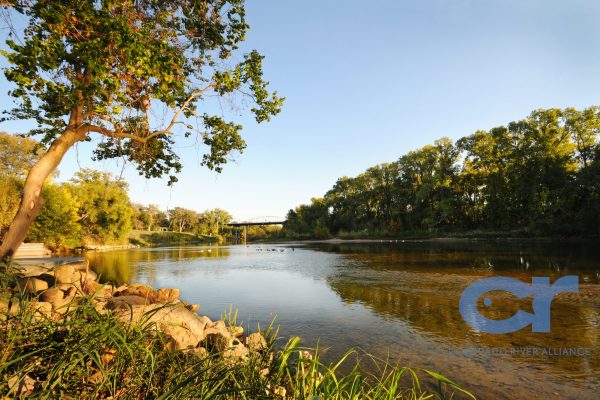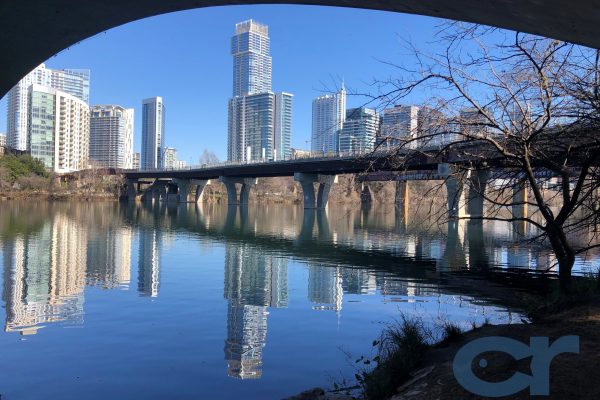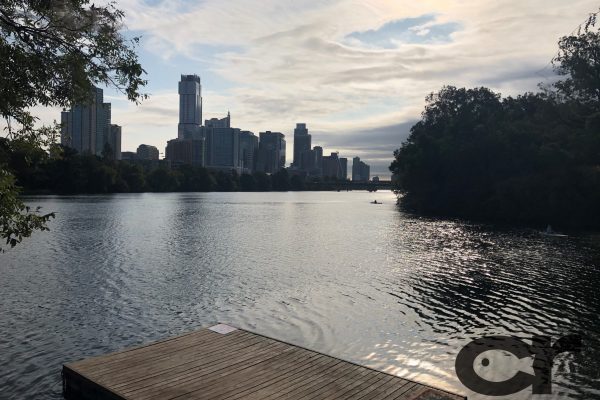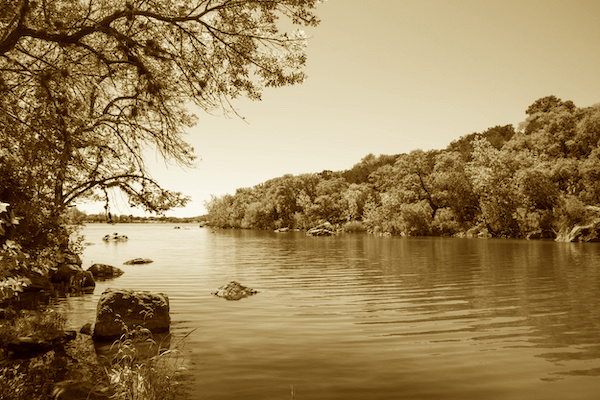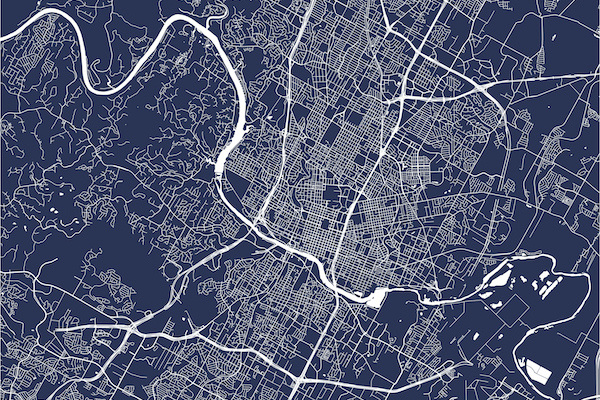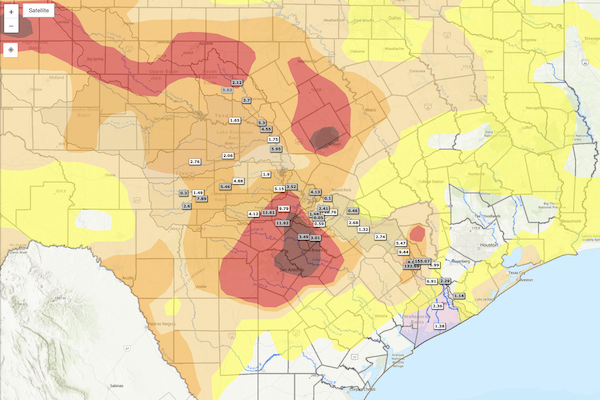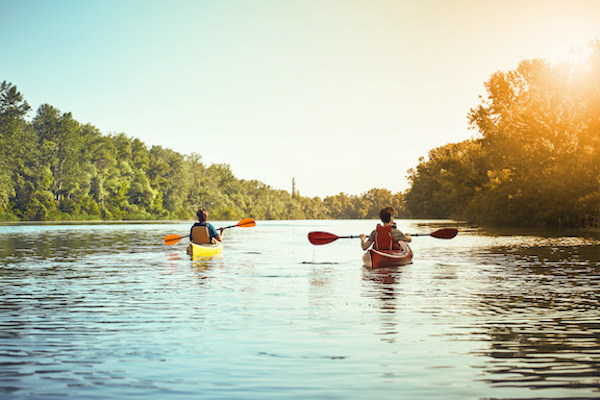At 865 miles long, the Texas Colorado River is the longest river to start and end in Texas. (Note that it is NOT the same Colorado River that flows through Arizona, Utah, and other western states.) Because of its importance to our state’s economy, our environment, our industry, our agriculture, and especially our lives as Texans, it is truly the lifeblood of our state.
Its headwaters begin in northwest Texas in Dawson County and the river flows southeast emptying into the Gulf of Mexico at Matagorda Bay. Along the way, it flows through or between fourteen counties, some of which are the fastest growing areas in Texas. Its reservoirs form the Highland Lakes, it flows through downtown Austin as Lady Bird Lake, becoming the LoCo (Lower Colorado) through Bastrop and Smithville. LaGrange, Columbus, and Wharton have deep history connected to the Colorado River. In Bay City near Matagorda Bay, where the it empties into the Gulf, an expanse of riverside gardens attract wildlife and birds, which in turn attract birders from across the globe.
A river’s “watershed” or “basin” is all the land that drains into that river. The Texas Colorado River’s watershed is huge and covers almost 15% of Texas. A large portion of the basin is located within relatively arid regions of Texas, resulting in a low average watershed yield. The Concho, San Saba, Llano, James, and Pedernales Rivers empty into the Colorado, therefor their watersheds are considered part of the Colorado River’s watershed, too. Altogether, there are more than 7,500 miles of creeks, streams, and rivers in the basin, and well over 2 million people live and work throughout the watershed. The Colorado River’s watershed includes several major metropolitan areas, including Midland-Odessa, San Angelo, and Austin, and there are hundreds of smaller towns and communities like Bastrop, Smithville, and Bay City located along the river. Many communities, like Austin, rely on the Colorado River for 100% of their municipal water.



